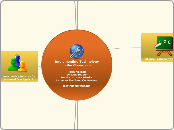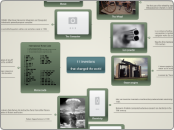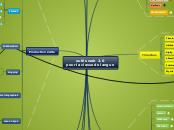jonka Christine Eddy 6 vuotta sitten
243
Online and Blended Learning
The landscape of education is undergoing rapid transformation driven by advancements in technology and the increasing prevalence of online and blended learning environments. Effective strategies for fostering social presence and personal connections are crucial in both synchronous and asynchronous settings to ensure student engagement and co-creation of knowledge.









